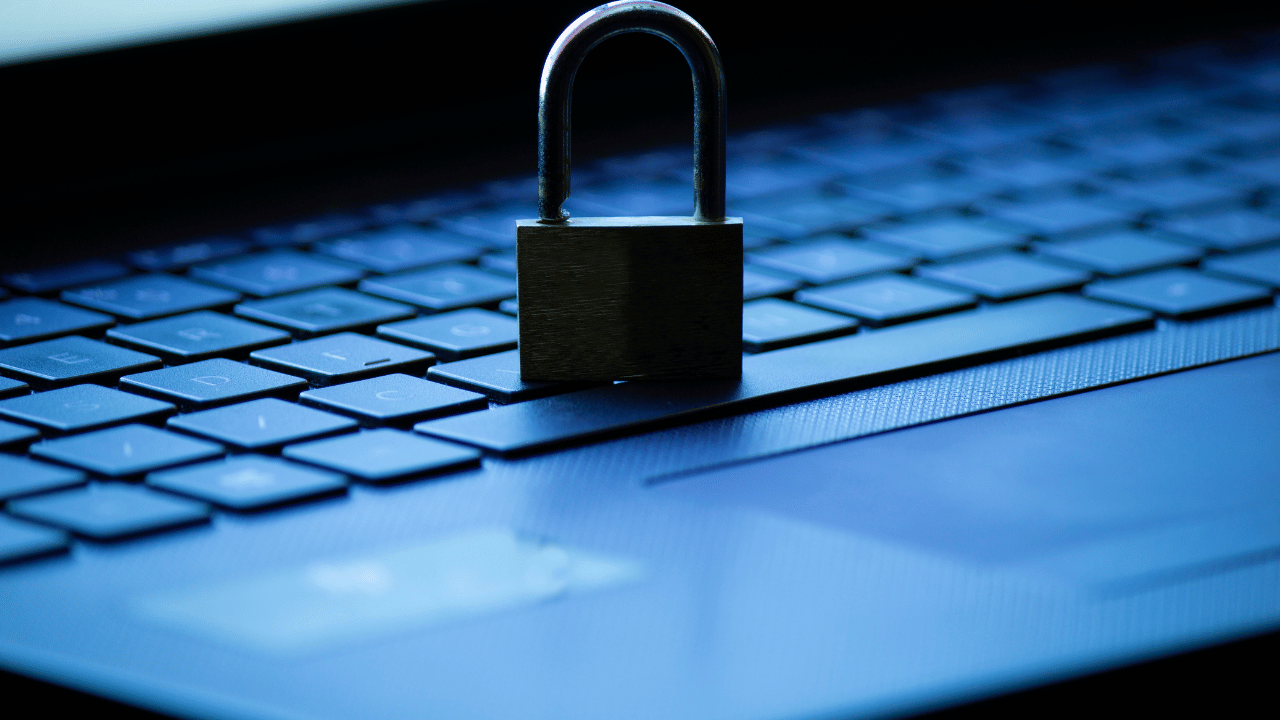A Guide to Computer Privacy
In the digital age, safeguarding your computer maintain privacy is synonymous with protecting your identity online. Cyber threats and data breaches loom, making it imperative to adopt proactive measures to secure your personal information.

Understanding Identity Theft
Identity theft, a prevalent online menace, involves unauthorized access to your personal details, leading to fraudulent activities. Safeguarding against this threat requires a strategic approach to computer maintain privacy.
Strengthening Your Digital Fortress
Secure Password Practices
Strengthen your defense by using complex, unique passwords. Incorporate a mix of letters, numbers, and symbols, and avoid using easily guessable information.
Two-Factor Authentication (2FA)
Enable 2FA wherever possible to add an extra layer of security. This ensures that even if your password is compromised, access remains restricted.
Update Software Regularly
Keep your operating system and security software up to date. Regular updates patch vulnerabilities, reducing the risk of exploitation by malicious entities.
Beware of Phishing Attempts
Exercise caution when clicking on links or providing personal information online. Be wary of unsolicited emails, messages, or websites that may be phishing attempts aiming to steal your identity.
The Role of Privacy Tools
VPN for Anonymity
Utilize a Virtual Private Network (VPN) to encrypt your internet connection, ensuring your online activities remain private and your data is secure from prying eyes.
Ad Blockers and Tracking Prevention
Install ad blockers and tracking prevention tools to minimize the collection of your browsing data, reducing the risk of identity theft through covert tracking.
VPN for Anonymity
Utilize a Virtual Private Network (VPN) to encrypt your internet connection, ensuring your online activities remain private and your data is secure from prying eyes.
Ad Blockers and Tracking Prevention
Install ad blockers and tracking prevention tools to minimize the collection of your browsing data, reducing the risk of identity theft through covert tracking.
Navigating Social Media Safely
Utilize a Virtual Private Network (VPN) to encrypt your internet connection, ensuring your online activities remain private and your data is secure from prying eyes.
Adjust Privacy Settings
Review and adjust your social media privacy settings. Limit the information visible to the public, minimizing the chances of identity thieves exploiting personal details.
Limit Personal Information Sharing
Be mindful of the information you share online. Avoid oversharing personal details, such as your address or phone number, to mitigate the risk of identity theft.
Conclusion
In conclusion, prioritizing computer privacy is synonymous with protecting your identity in the digital realm. By implementing secure practices, staying vigilant against phishing attempts, and utilizing privacy tools, you can fortify your digital fortress. Remember, in the world of online connectivity, your proactive steps today are the key to safeguarding your identity tomorrow.





